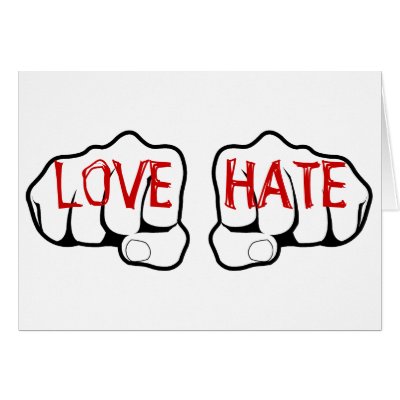I just read a very interesting article in the December 12th edition of Publishers Weekly. It was mostly in response to Amazon's "check price app" that was offered before the holidays; for walking into a brick-and-mortar bookstore, the all-mighty e-tailer was offering up to $15 in discounts to those customers that scanned that booksellers item/price. Some thought it was a smart move on Amazon's part, as they have no physical stores, but others cried "Foul!" - and loudly. They saw it as Amazon trying to beat out the physical stores, both the big chains and the independents, through some sneaky-snake deals.
Regardless of how you see look at it, though, it brought up a good point, and that's what the article really focused on: how people choose the books they choose. I have to admit that I've done this myself, although not exactly in the context they mean. We have a local brick-and-mortar bookstore in town, and yes, I have walked through the store looking at displays, picking up interesting titles, enjoying the atmosphere - and walking out completely empty-handed. I never intended to buy anything when I walked in; I was doing research, both for my job and for my personal reading interests. As much as I love physical print books, I am loathe to pay the prices this particular bookstore wants to charge, even after you pay a yearly "member" fee that supposedly gets you discounts. Plus working in a library setting, I just do not buy books all that often, as I can get most anything I want to read through work. It's not that I don't want to support good authors. I just do not have the funds nor the storage space to buy every book I read. To give you an idea of what I mean, I read 92 books in 2011, and the three years previous I read 86 books - each year! That's a lot of books, people!
Anyway, I digress.
The PW article basically said that many readers do this, what they call "showrooming" and "previewing" in brick-and-mortar stores, and yes, most of those readers admit to going home and buying the book from an online source. This held true for both print and e-versions. So what are the brick-and-mortar stores to do? How can they compete? Well, a different article farther into the issue says that many independents are offering sidelines, and lots of them, to make a profit. Which begs the question: is it still a "book" store if 25-30% of what a store sells (or more) are not books?
It's a new world out there, folks, and it would seem that the ongoing print/physical book vs. online/e-book war is going to continue without end. However, on a final, somewhat hopeful note, there was an interesting graph in the first article measuring out percentages of book buyers who "previewed" books in a store, then bought that same book online in either format, in the past month. Yes, e-books are on the rise, but 21% of the people questioned said they "will never read books in digital format", while a whopping 40% said they read an equal amount of print and digital formats. This totally has me happy as a clam, because I am a dyed-in-the-wool print girl at heart. And it also confirms what I've seen at the library: patrons who are thrilled that we are offering digital versions of titles but who still love the feel of a good book in their hands, proving that their is room for both formats in the publishing world.
Food for thought on a Saturday morning!

No comments:
Post a Comment